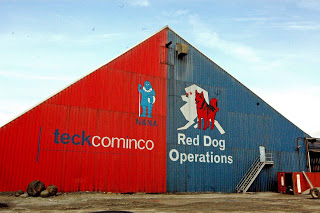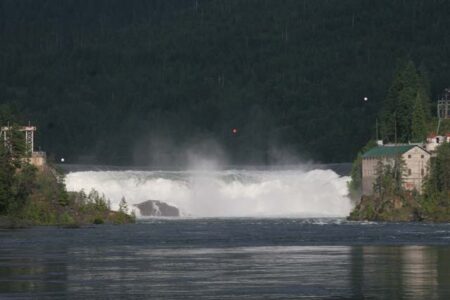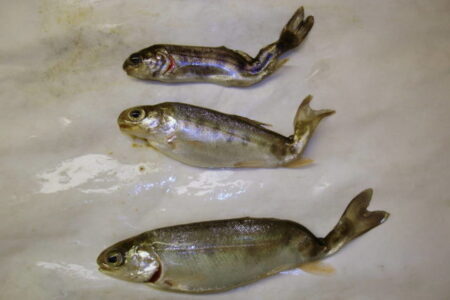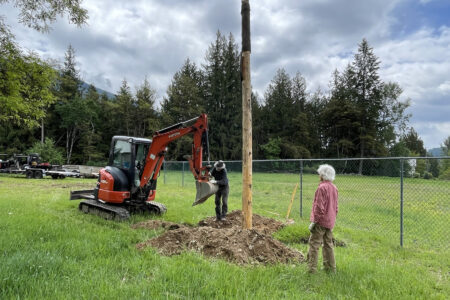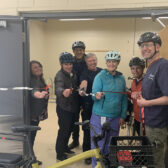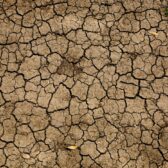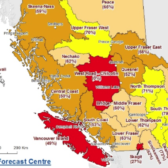Teck Increased Red Dog Production Guidance
Teck Resources Limited recently announced increased zinc production guidance for its Red Dog operation and recent results of exploration in the Red Dog District in Alaska.
“We are pleased with the significant improvements in recovery at our Red Dog Operations in the last few months and consequently production will now exceed previous guidance for the year by approximately 50,000 tonnes,” said Don Lindsay, President and CEO. “As well, our exploration results at our nearby Aktigiruq deposit show its potential to be one of the best undeveloped zinc deposits in the world.”
Red Dog Operations Production Guidance Update
Red Dog’s zinc production for 2017 is now expected be in the range of 525,000 to 550,000 tonnes, up from the most recent guidance range of 475,000 to 500,000 tonnes of zinc. The increase in production is due to changes in mine sequencing and improved metallurgical recoveries, enabling higher grade mill feed with a greater percentage of ore from the Qanaiyaq pit in the second half of the year.
Annual zinc production at Red Dog over the next five years is expected to be between 475,000 and 550,000 tonnes of zinc. This assumes completion of a mill upgrade project which is expected to increase average mill throughput by about 15% over the remaining mine life, helping to offset lower grades and harder ore in the Aqqaluk pit. This project has robust economics and is expected to be complete by Q4 2019 at a capital cost of US$110 million. Because the upgrade project will permit lower grade material to be processed, the current mine life, based on existing developed deposits, will remain unchanged through to 2031.
Red Dog District Exploration Update
Teck’s regional exploration has focused on a significant high-grade zinc deposit, known as Aktigiruq, for a number of years. Located on 100% Teck owned state claims 12 kilometres North West of Red Dog Operations, Aktigiruq is located adjacent to the Anarraaq deposit, and was previously noted in the NI 43-101 Technical Report for the Red Dog Mine dated February 21, 2017.
Current drill hole spacing is not sufficient for a mineral resource estimate, but the drill data, outlined in Table 1 below, suggests an exploration target for Aktigiruq in the range of 80 million tonnes to 150 million tonnes of mineralization at a grade of between 16% combined zinc plus lead and 18% combined zinc plus lead (12% zinc + 4% lead and 14% zinc + 4% lead, respectively). If realized, this would make the Aktigiruq zinc deposit one of the top undeveloped zinc deposits in the world. Past production since 1989 to the end of 2016 for Red Dog Operations is 78.3 million tonnes at 19.6% zinc and 5.3% lead and Red Dog proven and probable reserves at December 31, 2016 were 50.9 million tonnes at 15% zinc and 4.2% lead.
The potential quantity and grade of the Aktigiruq exploration target is conceptual in nature. There has been insufficient exploration to define a mineral resource and it is uncertain if further exploration will result in the target being delineated as a mineral resource.
Teck continues to explore the Aktigiruq deposit with a 2017 helicopter supported drill program to test internal continuity and lateral extents of the deposit. The $16 million 2017 program includes approximately 18,000 metres in 16 to 20 drill holes and is well underway with 10 holes and 9,862 metres drilled to the end of August 2017. No analytical results for the 2017 program have been received to date, but visual estimates are consistent with the model’s expectations and results of this program will be released once all assay results are returned.
Prior to the 2017 drill program a total of 25 wide spaced diamond drill holes have intersected mineralization, similar to other sediment hosted zinc-lead mineralization in the Red Dog district, at Aktigiruq over an area of approximately 3 km by 1.5 km (Figure 1). Table 1 provides a summary of the pre-2017 drill hole locations for 39 holes in and around the mineralized body and Table 2 provides a summary of drill intercepts above 8% zinc plus lead which have intersected the mineralization located at depths of between 400 and 1,000 m below surface. Mineralization remains open in several directions and further drilling is planned both to test the internal continuity of mineralization as well as the limits of the system.



